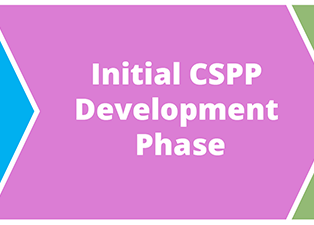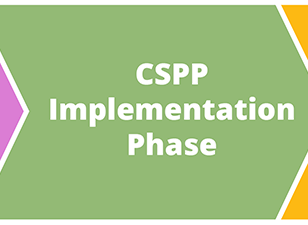Overview and Purpose
ACRP WebResource 11 provides airport personnel, consulting engineers/designers, and contractors with a detailed process to improve the development, implementation, and management of construction safety and phasing plans (CSPPs) and safety plan compliance documents (SPCDs) for airport construction projects. In addition, ACRP WebResource 11 contains numerous best practices/lessons learned (BP/LL) and tools (e.g., templates, checklists, and training materials) to aid in the implementation of the CSPP process.
The contents of ACRP WebResource 11 were developed based on the research completed as part of ACRP Project 08-03, “Construction Safety and Phasing Plans.” The research effort included close coordination with the Federal Aviation Administration (FAA), airports, consulting engineers/designers, and contractors to develop the research findings.
The contents of ACRP WebResource 11 are not intended to contradict or supersede any regulatory guidance regarding CSPPs, SPCDs, or construction safety issued by the FAA. ACRP WebResource 11 is meant to complement the FAA’s existing regulatory guidance (as of November 2020) and aid airports in the development, implementation, and management of CSPPs and SPCDs effectively under the existing regulatory guidance. The FAA updates their official guidance materials from time to time. As a result, users of this WebResource are encouraged to check the FAA website to identify where FAA guidance materials may have changed. As a general note, the information provided in ACRP WebResource 11 utilizes information contained in FAA Advisory Circulars (ACs), Orders, and Standard Operating Procedures (SOPs). Since FAA Orders and SOPs are internal documents to the FAA, the FAA ACs should always be utilized as the primary regulatory guidance used by airport sponsors and consulting engineers/designers. FAA Orders and SOPs can be used as references and supplemental guidance material.
The video below provides additional information on the purpose of ACRP WebResource 11 and how to use it.
How to Use this WebResource
The CSPP process is broken into four main phases shown in the graphic below. The success of these four phases is built on a foundation centered on a culture of safety and collaboration. To get started, click on any of the four phases or the safety and collaboration foundation to learn more about that aspect of the CSPP process. Additionally, you can click on the CSPP Process tab at the top of this page and you will be taken to a page describing each phase of the CSPP process. The page also includes a short video describing the CSPP process.
Each phase contains a process diagram related to that phase of the CSPP process, a description of each task/step within the phase, a list of best practices/lessons learned (BP/LL) applicable to the phase, and any tools, templates, or training materials that have been created to aid in the execution of the phase.
Additionally, a consolidated list of BP/LL and a tool kit showing all the tools, templates, and training materials can be accessed using the navigation ribbon at the top of the page.







